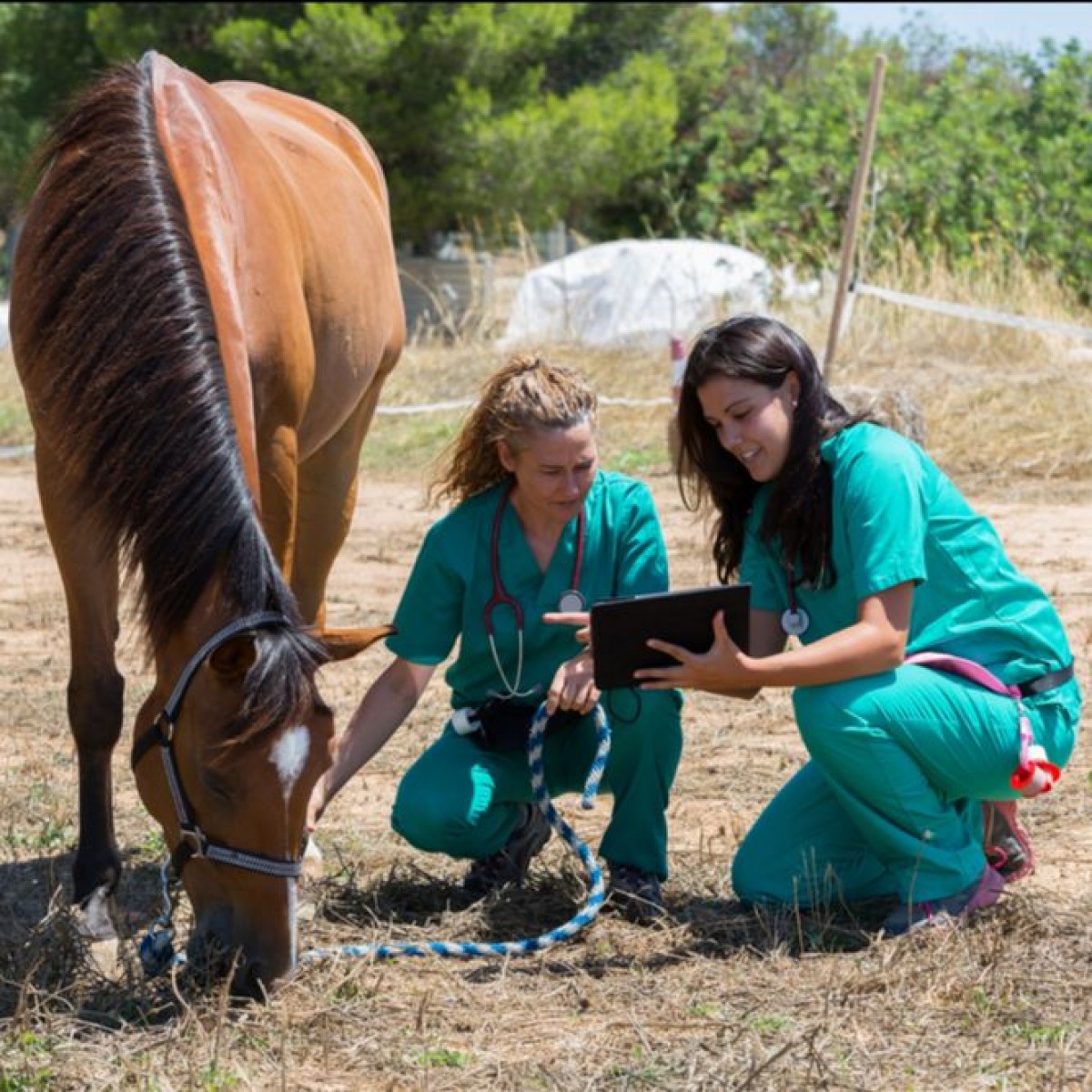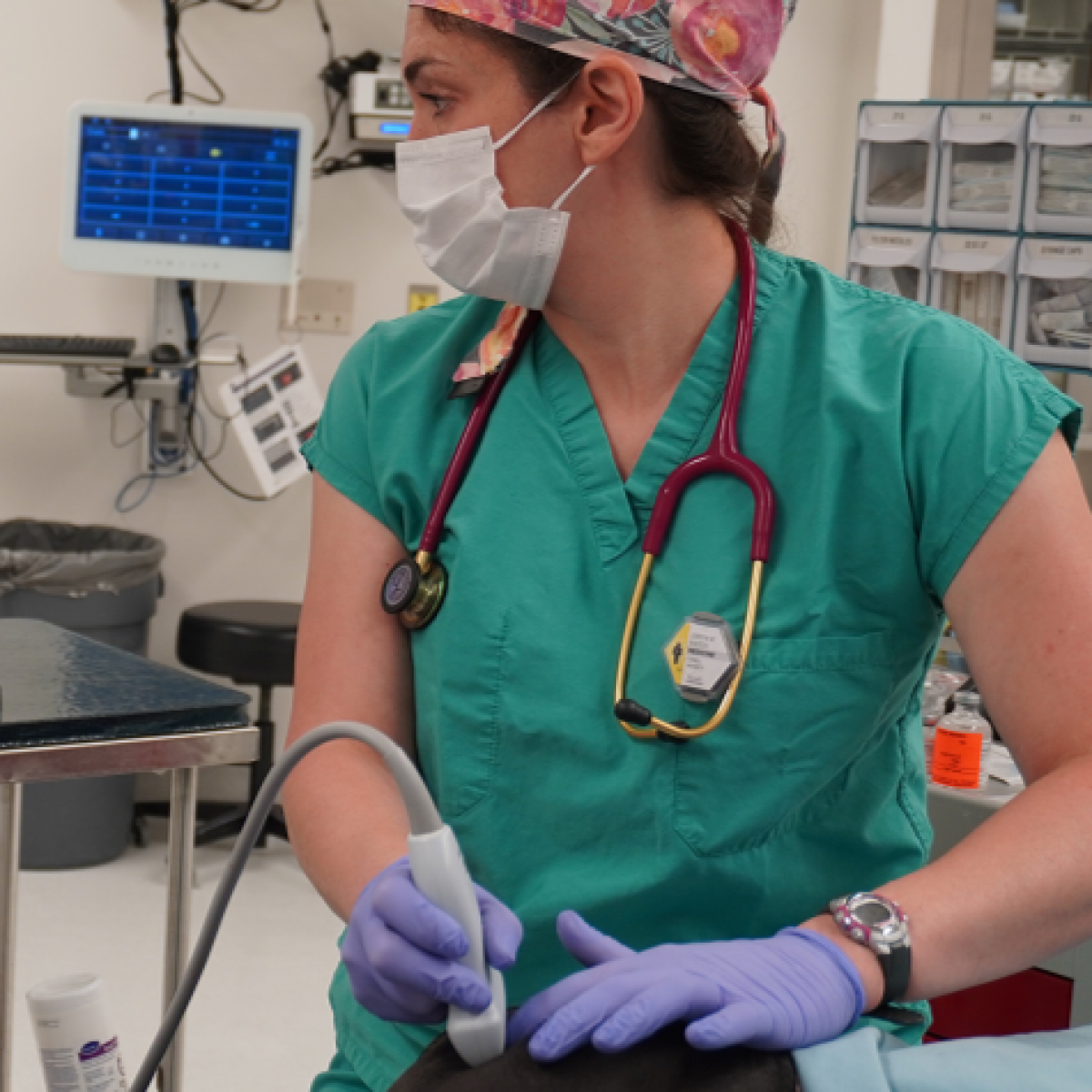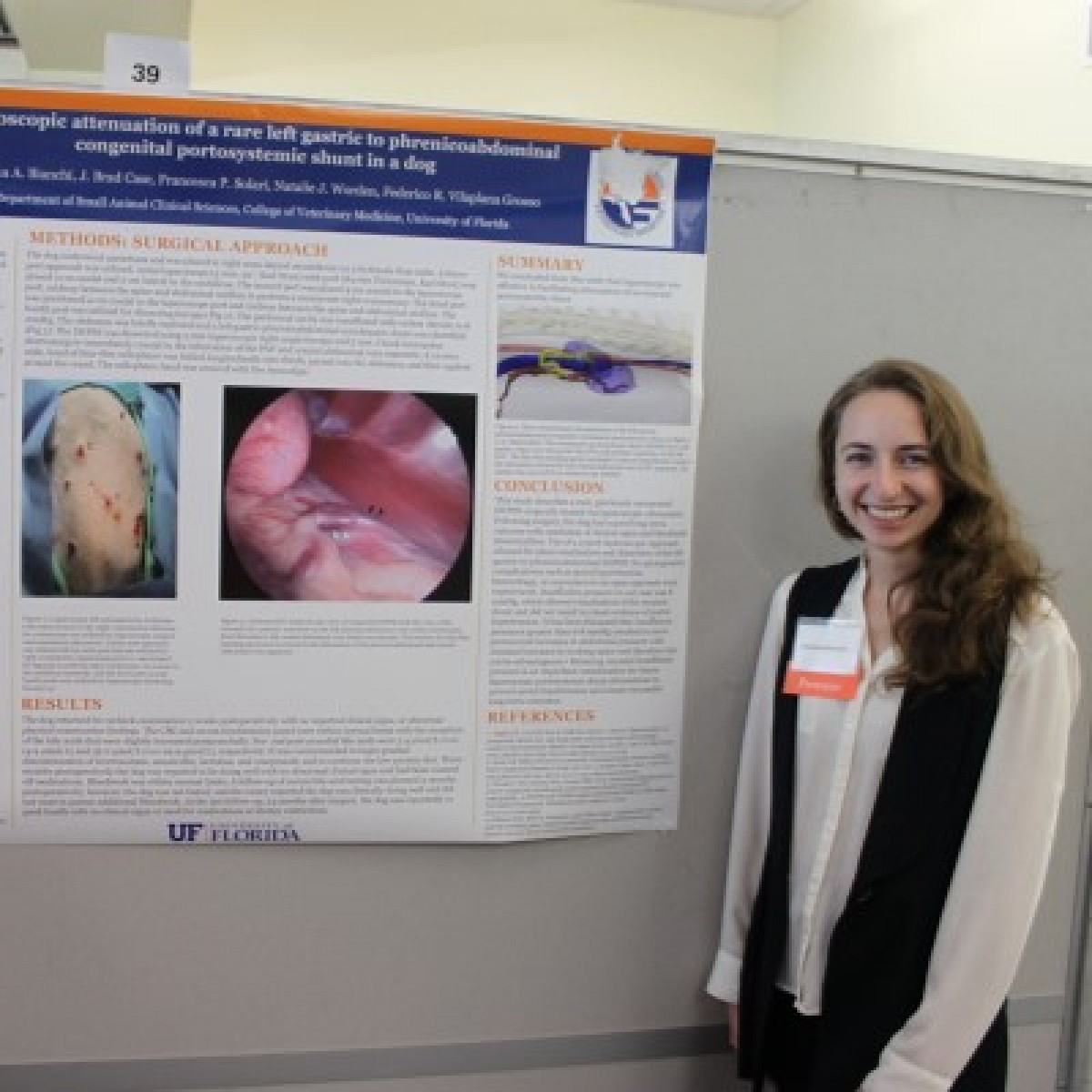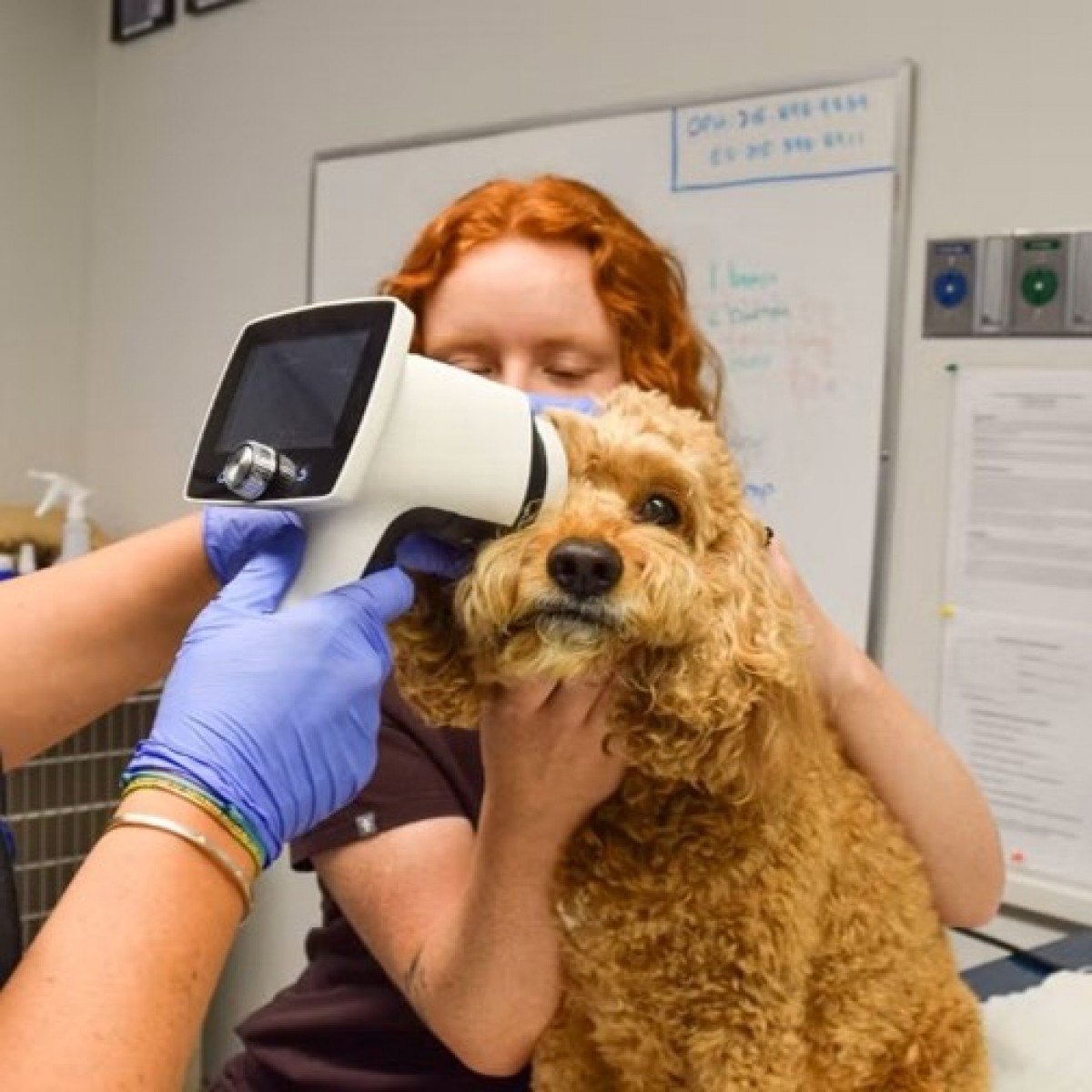What’s New in Equine PPID?
by Jenny Alonge
Equine pituitary pars intermedia dysfunction (PPID) is the most common endocrine disease observed in senior horses, affecting 20% to 25% of horses older than 15 years. The condition significantly impacts the horse’s well-being, affecting their quality of life, immunocompetence, and athletic performance, but PPID’s morbidity is often underestimated. The following article details a new point-of-care assay to help veterinarians diagnose PPID, and explains ongoing research to better understand and treat the disease.
TRUFORMA eACTH assay
Last year, Zomedica Corp. launched a new assay that tests for endogenous adrenocorticotropic hormone (eACTH) in equine plasma. The assay allows equine veterinarians to diagnose PPID in the clinic or at the stall and to monitor horses being treated for PPID to determine if their treatment protocol should be changed. The TRUFORMA eACTH is a useful tool and helps veterinarians avoid the special sample handling and shipping techniques required by other PPID testing.
The TRUFORMA platform uses bulk acoustic wave (BAW) technology that provides reference laboratory accuracy at the point of care. The device is compact, easy to use, and durable, and is therefore perfect for equine practitioners.
Pergolide study
The only Food and Drug Administration (FDA)-approved drug to treat PPID is Prascend, whose active ingredient is pergolide, a dopamine receptor agonist that works by counteracting dopamine loss in the hypothalamus’ neurons. Approximately 60% to 80% of horses respond to pergolide treatment, but many have complicating side effects, such as anorexia, colic, weight loss, and behavior change.
Researchers at the University of Minnesota College of Veterinary Medicine Leatherdale Equine Center are investigating whether genetics contribute to a horse’s pergolide response. Their project aims to identify genetic alleles or mutations that may contribute to differences in treatment response or result in adverse effects, which would be valuable information for directing treatment protocols. For example, horses unlikely to respond may benefit from a higher dose, while those likely to have adverse effects may need a lower dose.
Criteria for horses accepted to the study include:
- Older than 15 years when PPID diagnosed
- PPID diagnosis was made by a veterinarian based on ACTH levels
- Clinical signs consistent with PPID
- Receiving pergolide for at least six months and ACTH levels that have been rechecked
Adjunct therapy for PPID
Researchers at Mississippi State University College of Veterinary Medicine plan to investigate if combining pergolide with cyproheptadine, which is more cost-effective, improves the horse’s clinical response. While veterinarians have prescribed cyproheptadine for decades, scientific data about the drug’s effectiveness is lacking. The researchers hope to find a less expensive way to treat horses with PPID and those who don’t tolerate pergolide well.
Early diagnostic test for PPID
Early PPID detection helps improve the horse’s prognosis, but current tests often fail to consistently identify early disease. University of Florida College of Veterinary Medicine researchers are using machine learning to create a new test for early stage PPID diagnosis in affected horses. The researchers plan to teach the computer model to identify a specific peptide signature in the PPID-affected horses’ plasma, hoping this approach will enable improved and earlier PPID diagnosis.
PPID’s effects on horses and ponies
The Royal Veterinary College has partnered in a study with CVS Group plc to explore PPID’s effects on horses and ponies. The study aims to better understand the disease’s impact on affected animals, and plans to develop a validated equine quality of life tool that can objectively assess the condition’s impact. This knowledge will help support decision-making related to treatment and euthanasia options for PPID-affected horses and ponies. Researchers will follow more than 100 equines over a two-year period, observing the disease’s impact on their quality of life.
PPID is a problematic condition, but new advances in diagnostics and research to better understand the disease will hopefully make treatment more successful in prolonging and improving an affected horse’s quality of life.













List
Add
Please enter a comment